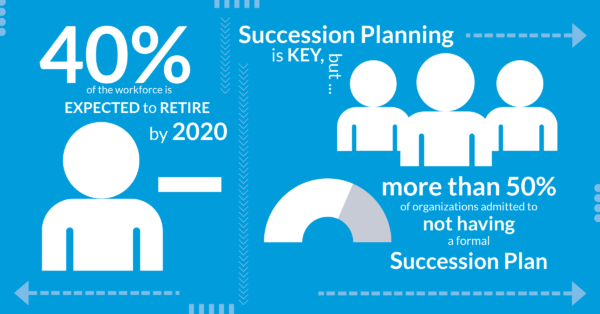It’s daunting to think about your executive leaders parting from the organization, but spending time planning for this inevitability can actually reduce surprises and even help retain your top talent. Research has shown that teams feel more engaged when they can see the path forward and have better awareness of development and growth opportunities.
Thinking about succession planning can be overwhelming, but when you utilize a system that walks you through every step it can alleviate organizational anxieties and help to solidify your plans for future bottom-line growth.
In a recent article in Wharton Healthcare Quarterly, Bob Clarke and Joe Mazzenga of Furst Group and NuBrick Partners found that more than 50 percent of organizations had no formalized succession plan for their executive leadership team. So, if you don’t have something in place, you’re not alone.

Many HR teams lack the abundance of resources to effectively manage even the immediate needs of an organization, so asking them to look into the future three, five, or even 10 years continues to lose in the battle for time and resources on the priority list. But if it’s reframed properly as a retention strategy, it tends to get the top-line billing that it needs to truly deliver a competitive advantage in talent acquisition and retention, as well as a growth perspective.
Being able to create a data-driven development plan that allows your executive leadership team to thrive comes from knowing where you want to take the organization in the short and long term. It can be difficult to plan effectively if you are unsure of your team’s intentions when it comes to retirement, desire for growth, and so on.
Also, when you consider the deep impact an unexpected change in your executive leadership will have both culturally and operationally on your organization, succession planning must be considered an immediate, high-level need.
Learn more about Executive Succession from NuBrick Partners by reading their latest article A Benchmark for Success: Executive Succession and Leadership Development


